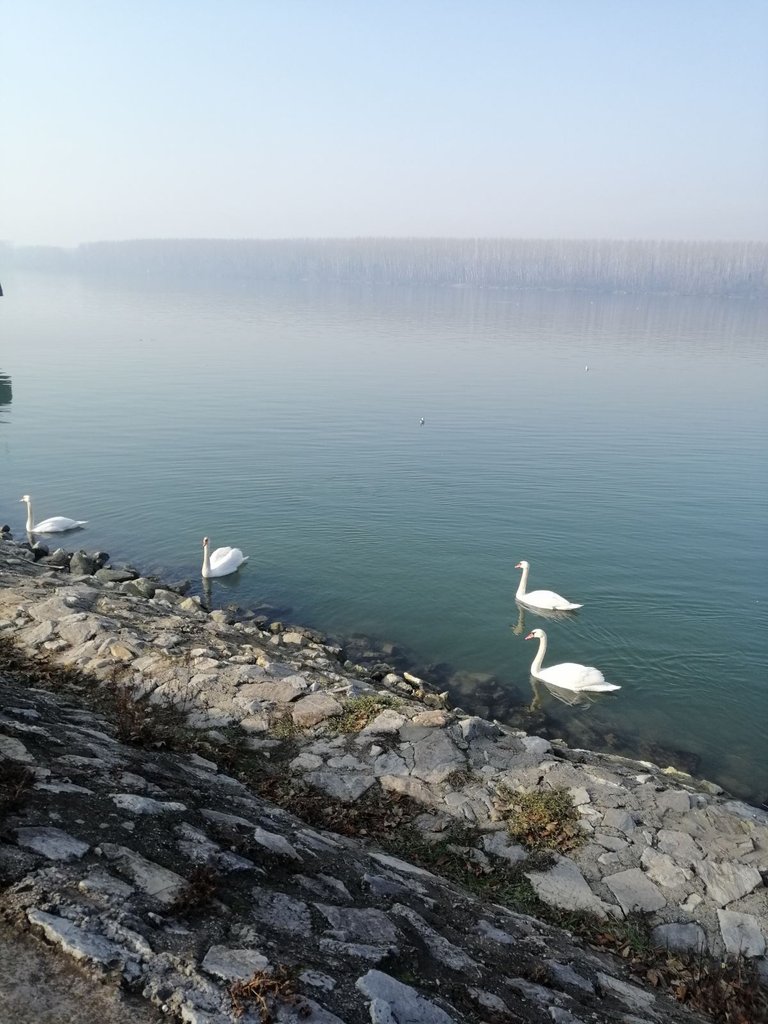
Swans are birds from the Anatidae family, which include geese (floats) and ducks (floats). Most swans live in Europe and Asia, but there are specimens in almost all over the world. Although the swan species differ from each other, the appearance is similar. They are very long-necked birds, the largest and probably the most beautiful waterfowl.
Swan lives on lakes, rivers and streams. Increasingly, it can also be seen in cities. In the winter months, the mouth of the rivers reaches the sea, so it can be seen along the coast.
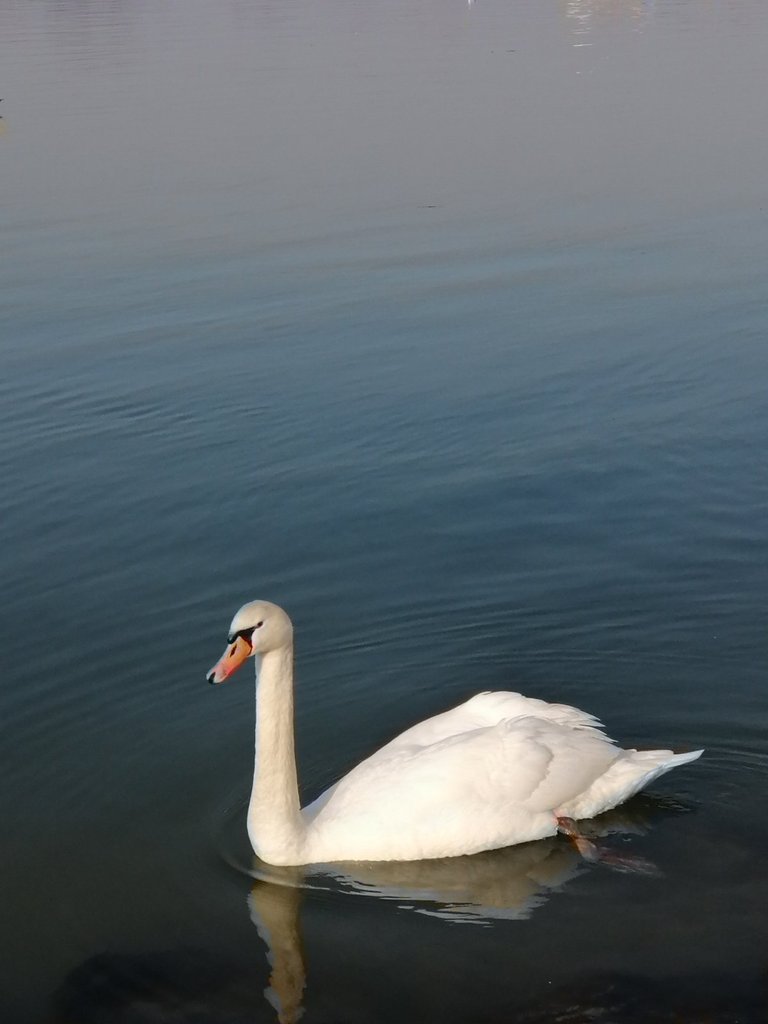
The body of the swan is 1.4 to 1.6 m long and very elongated giving it stability on the water. A swan can weigh up to 15 kg. His head is round, his beak serrated. The neck is long, pliable and often holds it curved into an arch. His long neck allows him to dive deeper into the water and fish.
Males and females are very similar. The male is slightly larger than the female, and the sexes do not differ in color or shape.
The swans have a distinctly strong feathers that are fluffy and very thick on the underside of the body and velvety on the neck. The feathers are completely white, or a mixture of black and white, and the white variant can sometimes have black wing tips. Black swans are the only black swan species, and have white wing tips and red beaks.
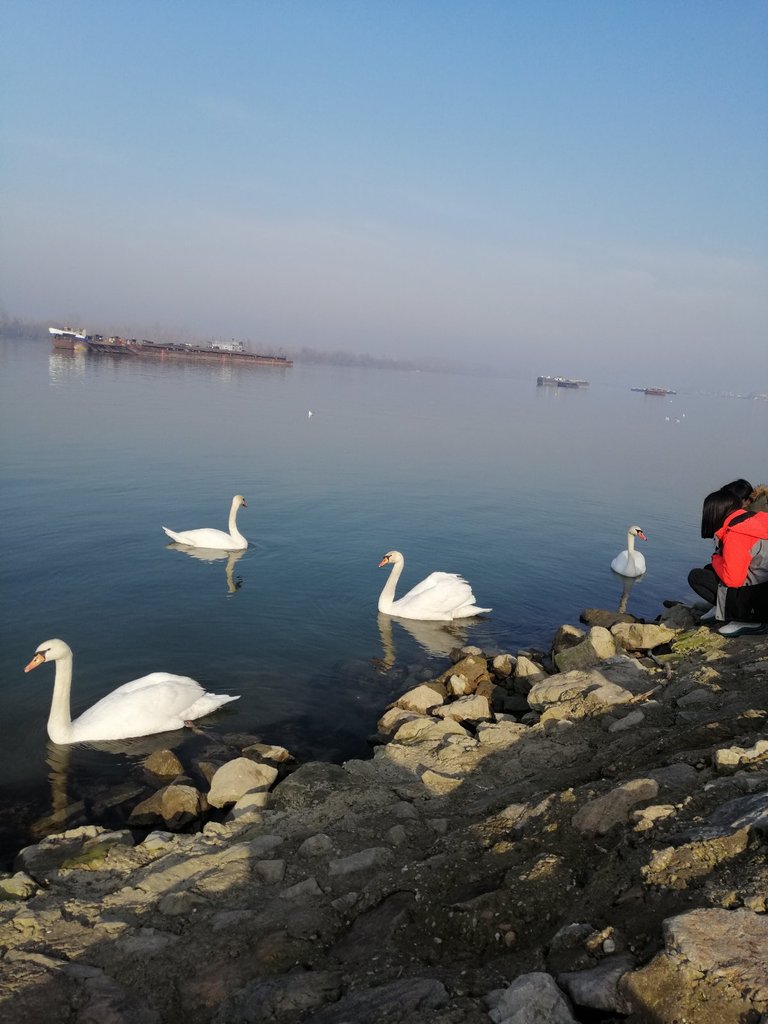
The range of the swan wings can be up to 2 m. The swan has very strong muscles to fly, and can fly over 1000 km to its nesting grounds. Flies very fast, up to 70 km / h. Because it is very heavy, it must have 15 to 20 m of empty space on the water to take off.
Swan legs are short, strong and have developed floating skins. Due to the position of the legs, which are more suited to swimming, the swan walks back and forth and acts rather clumsily.
Swans are active during the day and spend most of their time in the water. In winter, they gather in flocks of 100 or more specimens. During the summer, flocks only gather swans that do not nest.
The voice the swan gives off resembles a loud hiss and so-called hiss. During the summer it is not advertised, but feathers on the wings produce a unique sound that serves them instead of advertising to keep the flock together.
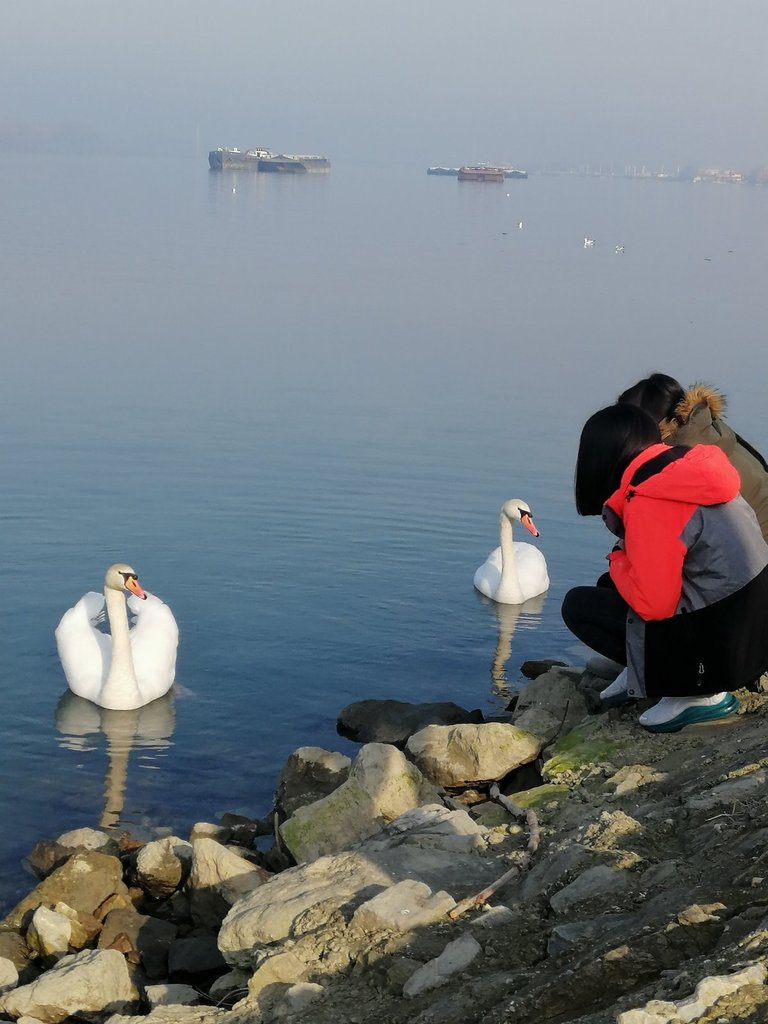
Swans are monogamous. They have lived in couples for many years and are very careful partners. They reach maturity at 3 years. A pair of swans establish and defend their territory during the breeding season, in March or April.
A pair of swans build a nest for about 10 days in a secluded spot on the shore, near water from water plants, reeds, branches, and cover it with soft herbs and feathers. The male brings the nest material, and the female assembles and shapes it. The diameter of the nest is 1 to 2 m and the height is 60 to 80 cm, but it can be up to 4 m if the nest is on water. One couple keeps the same nest for several years if not disturbed, upgrading it as needed.
The female lays 5 to 8 pale green eggs at 48 hours intervals. While fresh the eggs are blunted on both ends and coated with a lime frame. As the incubation period progresses, the eggs become scratched and get brown tufts. Only a female, 5 to 6 weeks old, is laid on the eggs, after which the swans hatch. Swans are unobtrusive, gray-brown in color. During the first winter and spring, they get more and more white feathers and begin to resemble their parents. They get full white feathers after the second year.
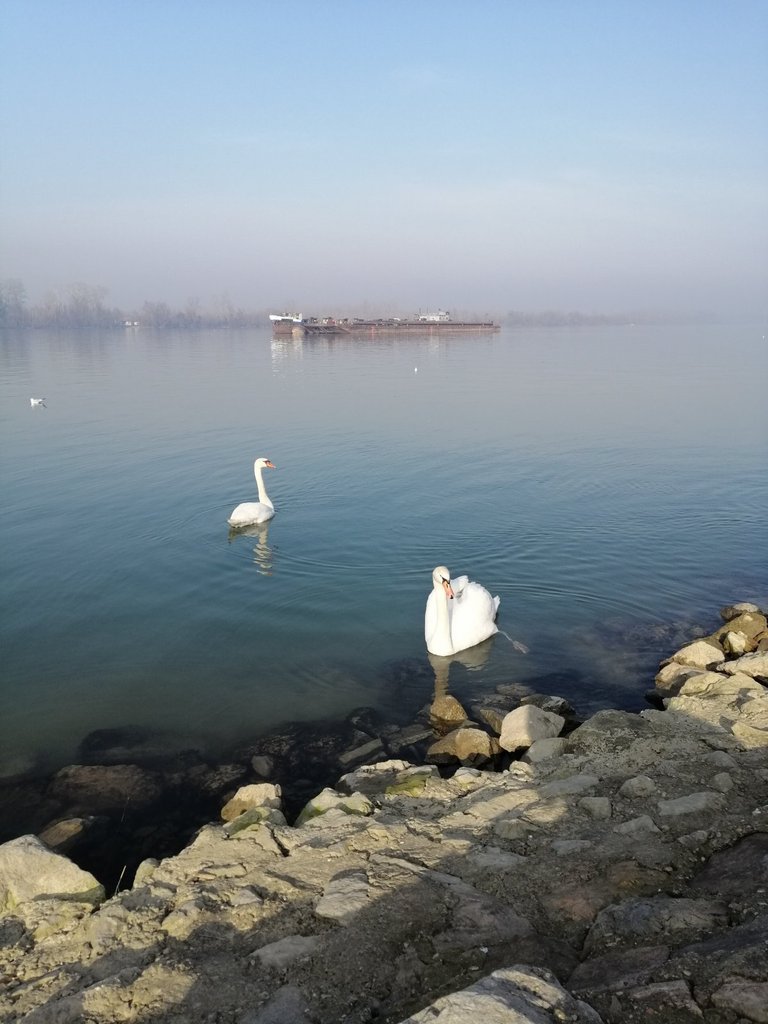
Both parents care for the swans together. In the first ten days of age, the swans "ride" on the back of the female, and begin to fly after 3 to 4 months. They stay with their parents for up to a year, until the next mating season, when they become independent.
Swans feed on aquatic plants, fish, frogs, insects, which live near the waters. The enemies are mostly defended by wings, which can hit very hard.
Swans live in the wild for about 20 years and up to 50 under regulated conditions.
Swans are an endangered bird species. All swans living in Serbia are strictly protected animal species.

They seem to like Danube. We have them in here as well.
Amazing photo! 😀
Thanks
Nice captures!
This post has been manually curated by The PhotoStream team: The Photography Tribe!